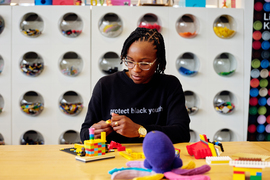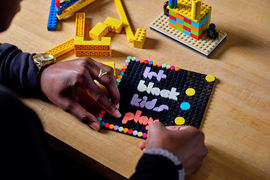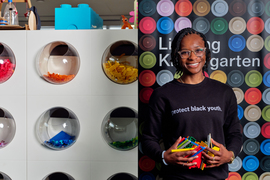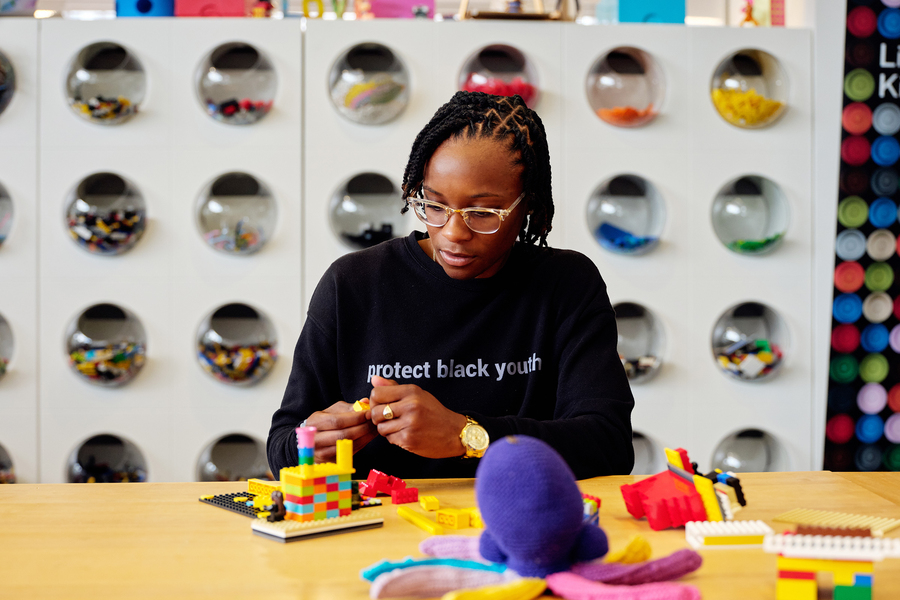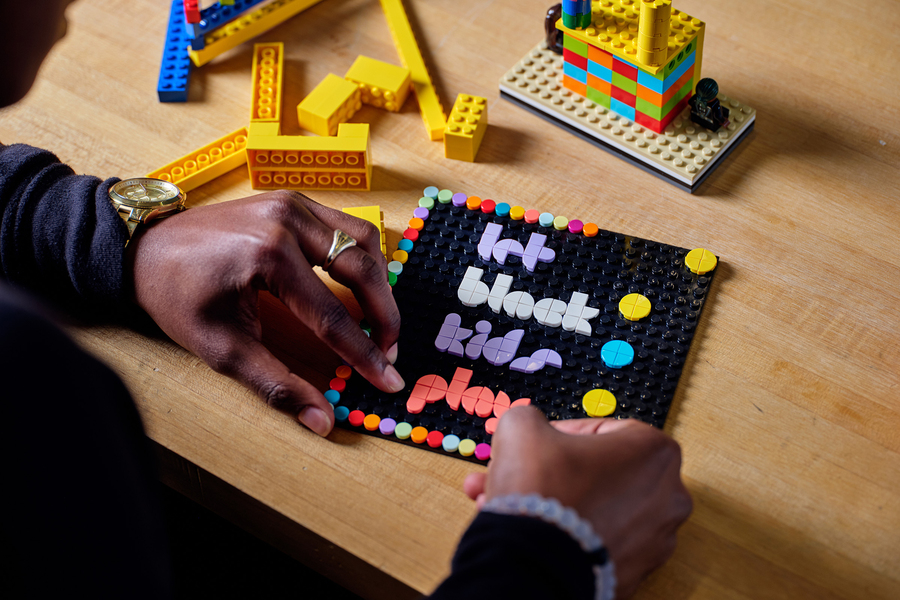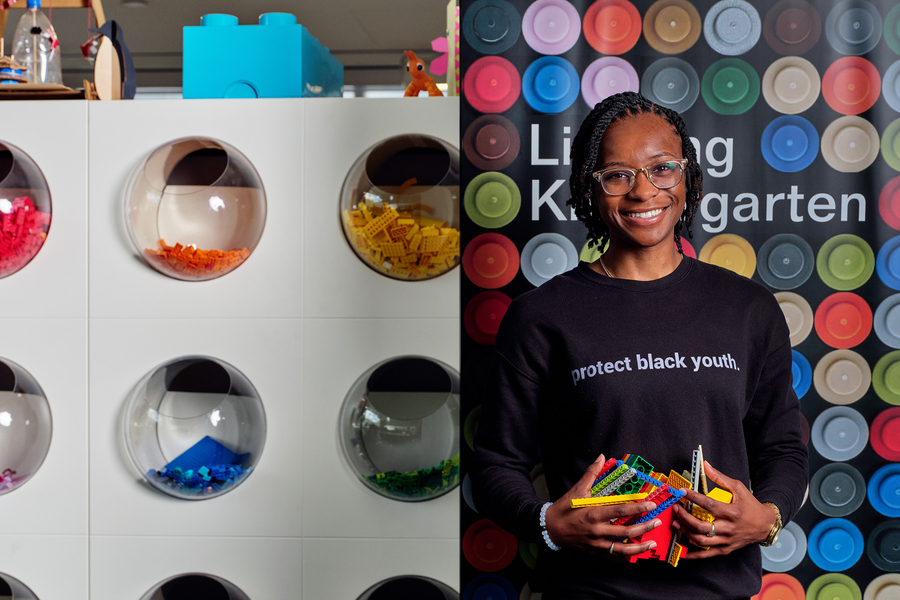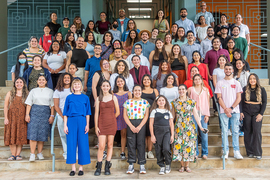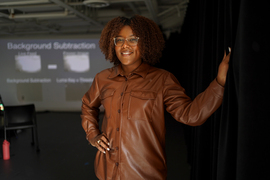Before joining the Lifelong Kindergarten group in the MIT Media Lab, Cecilé Sadler saw computer engineering and community service as separate aspects of her life. Alongside her bachelor’s and master’s work in computer engineering at North Carolina State and Duke University, respectively, Sadler also spent a lot of time working with young people through local Boys and Girls Clubs and public schools. Now, she blends both of her passions as a graduate student in the Program in Media Arts and Sciences.
“The work I do now is that happy medium,” says Sadler, whose thesis grew out of a collaboration with a Cambridge-based grassroots community organization called blackyard, which organizes after-school programming centering Black youth. Sadler brings STEM and coding activities developed by MIT’s Lifelong Kindergarten group to blackyard, while trying to understand what makes a positive learning environment for the students.
“The activities that I’ve been doing with the young people have been centered around this idea of dreaming through code,” says Sadler. “How do you cultivate and support radical imagination and engage in conversations that allow you to describe ideas important to you and your community?”
Sadler wants to have an impact with everything she does, whether it’s generating novel research or connecting one-on-one with students. She is well-aware that it only takes one person to make a difference in someone’s life, and describes her own life as being shaped by people who have provided meaningful mentorship and advice.
Her choice to study computer engineering is an example of that. During her first year of high school, Sadler took a class called digital electronics, offered through the Project Lead the Way curriculum. That class was the first time she had a teacher with a degree in engineering and the first exposure she had to engineering concepts. As a final project, students were asked to present on a college major and career path they could pursue where they would use the concepts they had learned throughout the year. That led Sadler to computer engineering.
The idea of pursuing graduate school wasn’t even in Sadler’s mind until she sat down with her computer architecture professor as a junior in college. Her professor encouraged her to apply and gave her advice on what she could do to best prepare her application.
“The work I’m doing is deeply rooted in the belief that you can plant seeds in people,” says Sadler. “Maybe you might not necessarily be the one to see them grow in the future, but you plant the seeds now. That’s how my life has been; people have planted seeds in me not knowing when they would blossom, but eventually they did. I want the work I do to support that narrative as well.”
Outside of her academic pursuits, Sadler also serves as a facilitator for GradCatalyst, an interactive webinar run by MIT’s Office of Graduate Education that helps undergraduates plan their graduate school trajectory. The opportunity to share her graduate school experience is a way of paying it forward for Sadler.
“I’m eager to share my perspective because it’s information I didn’t have when I was in their shoes,” says Sadler. “A lot of times it’s not that people aren’t qualified for these opportunities. If people aren’t pursuing them, it’s not because they aren’t interested, it’s that they don’t know the opportunity exists, or they don’t know how to make the connection from where they are to where they want to be.”
“If we want to get more people, specifically more people from minoritized identities into MIT and to be connected to MIT, then we need to go out and meet them where they are instead of expecting them to just show up and be here,” she says. “And then when they get here, we also need to make sure that they have an experience that tells them that they belong here.”
Sadler also coaches youth basketball in a clinic style program run by Volo Kids Boston. She played the sport growing up and looks forward to sessions every week. In planning how to help her students, who range from 5 to 13 years old, develop their skills, she also gets to put some of her research principles into practice.
Sadler will complete her master’s degree and begin her PhD studies at the Media Lab this fall. Ultimately, she wants to continue focusing on impact and service in all that she does.
“There are a lot of Cecilé’s out there in the world,” says Sadler of her motivations. “I am here because of the access to positive experiences that I’ve had and also the people that have poured their inspiration into me.”
